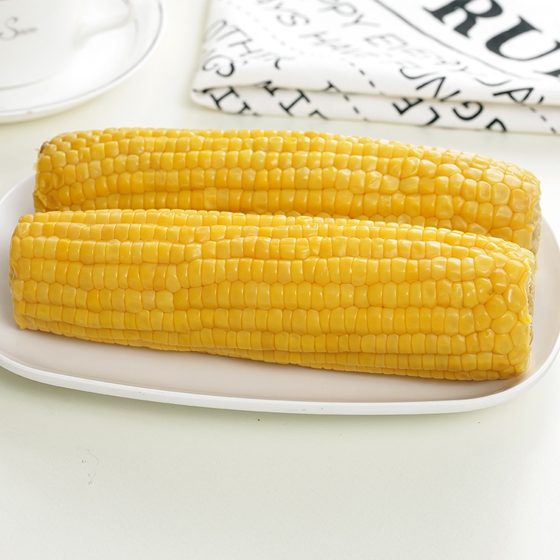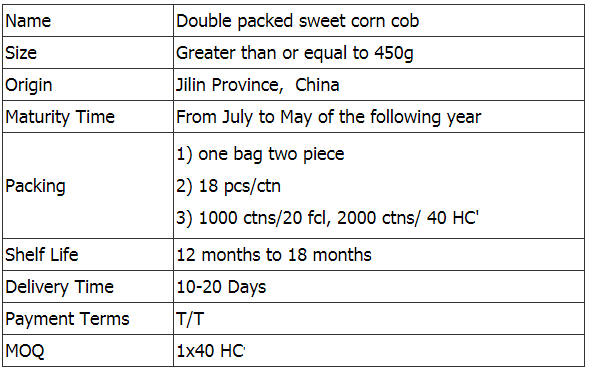The traditionally cultivated dishes have always been the carrier of bacteria or cells, but in the summer of 2013, major social networks rushed to report that scientists have planted mini human brains in petri dishes. At the same time, reports of mini-hearts, mini-health, etc. are also emerging. Are these plots that only appear in science fiction come true? Ordinary readers have been talking about it, and some even speculated that the story of Frankenstein written by Mrs. Shelley is about to be staged.
There are no shortage of horrendous gimmicks in the media reports, but the facts of scientific research are hidden behind the high-cold papers. At this time, it is necessary to answer questions from popular science, Hermes.
In fact, whether it is the mini brain or the mini heart in the report, there is a common name, called the organ-like body, the English name is organoid, and the scientific definition is "an organ specificity derived from stem cells or organ progenitor cells." Sexual cell aggregates that mimic cell differentiation and spatial organization in body organs." Simply put, it is the use of cells with pluripotency to produce a "small ball" similar to that in the body. Of course, these small balls are no larger than a few millimeters in diameter, and are still incomparable in body organs.

Since the organ-like body is a "small ball", it is not difficult to imagine that the organ-like body is a real "three-dimensional" object. Most of the traditional methods are adherent culture cells, which limits the growth direction of the cells to be parallel to the bottom of the culture dish. The resulting natural "two-dimensional" cells or clones, and the three-dimensional development of the organism, or Great distance. The organ-like culture method is a non-adherent suspension culture method, and the obtained pellets can grow and extend in parallel or perpendicular to the bottom of the culture dish. This method helps us to simulate cell development in vivo in vitro. Better to obtain a structure similar to an organ.
Researchers' "brains"
In fact, the term "organoid" has been around for a long time, and the method of cultivation has not been discovered recently. According to the search results on pubmed, the term organoid was originally used in 1946. The prototype of organ-like body culture appeared in 1907, when Wilson mechanically dissociated the sponge in order to study the cell recognition mechanism, and then the sponge fragments themselves were re-aggregated after the mechanical dissociation.
Although Wilson's research was not aimed at generating organoids in vitro, this experimental method of "aggregation after dissociation" was inherited by subsequent researchers. In order to more conveniently study the developmental details of the organs, the researchers will sort out the cells that we have called the organ progenitor cells that still maintain the ability to form organs in vitro. At the same time, in order to be able to accurately simulate the in vivo process of the organ, the researchers chose a re-aggregation suspension culture method.
A medium-sized cob of corn provides more than 10% of our daily dietary fibre requirements.
There are two types of dietary fibre - soluble and insoluble - and sweet corn contains both.
According to the American Heart Association, dietary fibre as part of an overall healthy diet can help lower blood cholesterol levels and may reduce the risk of heart disease. It is insoluble fibre that binds to cholesterol, preventing it from being absorbed into the bloodstream.
Insoluble fibre is responsible for promoting regularity and helping to prevent constipation by speeding up the passage of food and waste through the intestines and absorbing water to keep stools soft. Insoluble fibre has been shown to reduce the risk of haemorrhoids.
Fibre-containing foods such as sweetcorn also help to provide a sense of satiety and may therefore help to suppress appetite and aid weight management.
Dietary fibre has also been linked to a reduced risk of type 2 diabetes. A diet rich in fibre helps patients manage their disease.
Fibre is fermented by bacteria in the colon. Promising studies are underway to determine the health-promoting effects of fibre fermentation breakdown products, for example, short-chain fatty acids, which may help to maintain a healthy gut.


Yellow Sweet Corn,Double Packed Sweet Corn,Double Packed Sweet Corn Cob,Double Packed Yellow Sweet Corn
Jilin Province Argricultural Sister-in-law Food Co., Ltd. , https://www.nongsaocorn.com